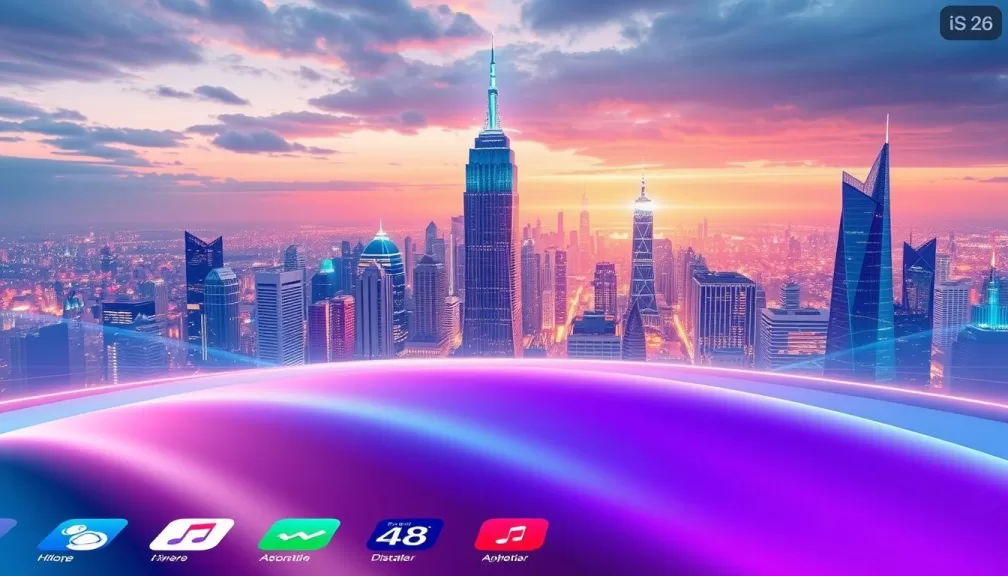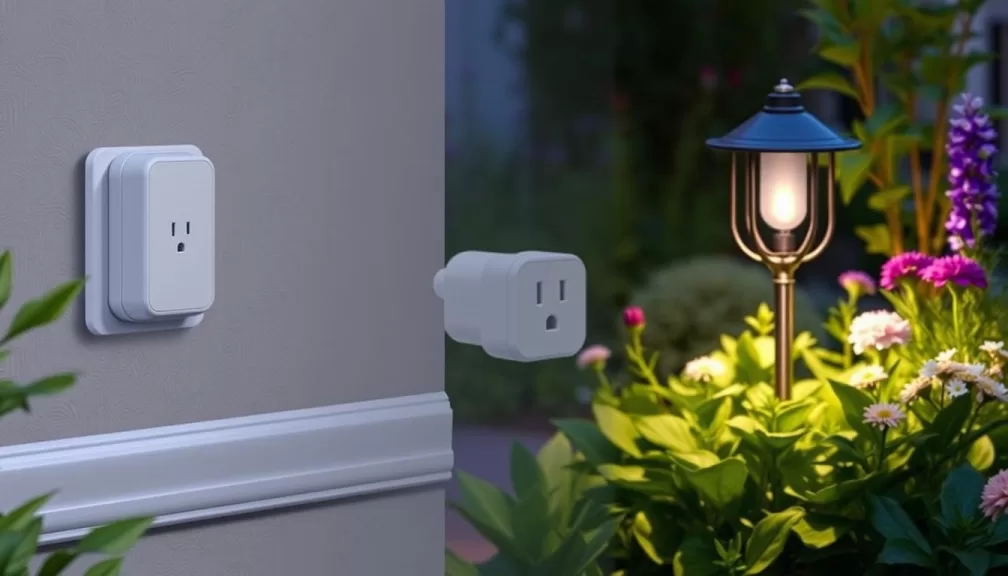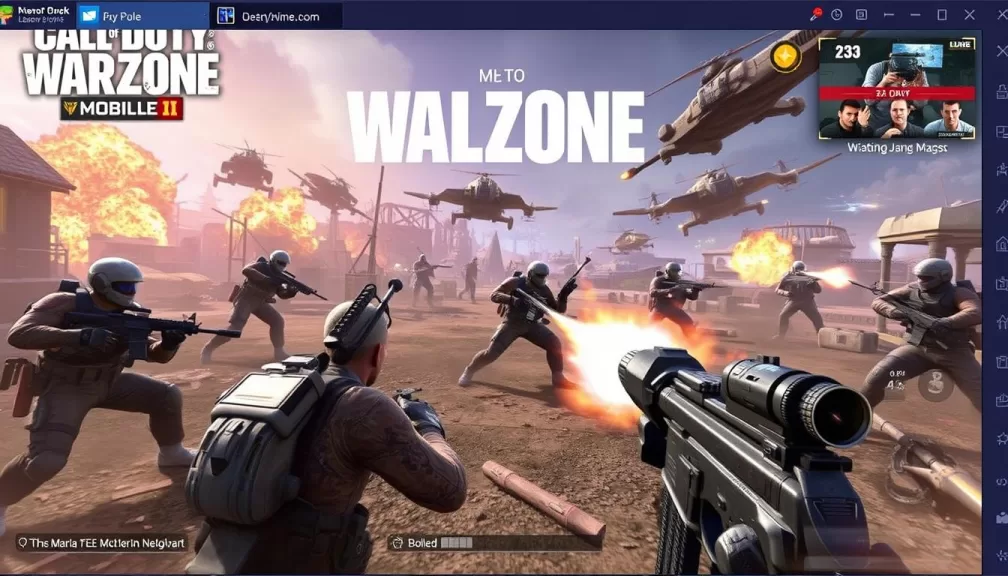The world of video creation has been revolutionized by artificial intelligence. What once required expensive equipment, technical expertise, and hours of editing can now be accomplished in minutes with the best AI video generators. These powerful tools are transforming how businesses, content creators, and marketers produce high-quality videos—making professional-level production accessible to everyone.
After extensively testing dozens of AI video generation platforms, we’ve compiled this definitive ranking of the top 10 tools that truly deliver on their promises. Our evaluation criteria included ease of use, output quality, feature set, and pricing to ensure you find the perfect AI video generator for your specific needs. Whether you’re creating marketing content, social media videos, or educational materials, this guide will help you navigate the expanding landscape of AI video generation tools.
What Makes the Best AI Video Generator?
Before diving into our rankings, it’s important to understand what sets the best AI video generators apart from the rest. These tools leverage artificial intelligence to transform text prompts, images, or basic inputs into fully-realized videos with minimal human intervention.
Key Features to Look For
- Text-to-video capabilities that accurately interpret prompts
- Customization options for style, tone, and visual elements
- AI avatars with natural speech and realistic movements
- Multiple output formats and aspect ratios
- Intuitive interface that doesn’t require technical expertise
- Reasonable generation speed and processing time
AI video generators transform simple text prompts into complete video sequences
The landscape of AI video generation is evolving rapidly, with new models and capabilities emerging regularly. Our rankings focus exclusively on tools that generate video content—not just edit existing footage—to help you find the most powerful and innovative options available today.
Our Ranking Methodology
We evaluated each AI video generator based on a comprehensive set of criteria to ensure our recommendations are thorough and reliable:
Quality Assessment
- Visual fidelity and realism
- Consistency between frames
- Text-to-video accuracy
- Audio quality (if applicable)
User Experience
- Interface intuitiveness
- Learning curve
- Generation speed
- Available templates
Value Proposition
- Pricing structure
- Free plan offerings
- Output limitations
- Commercial usage rights
Each tool received a score out of 5 stars across these categories, with our final rankings reflecting their overall performance. Now, let’s explore the top 10 AI video generators that impressed us the most.
1. Runway Gen-3 Alpha (★★★★★)
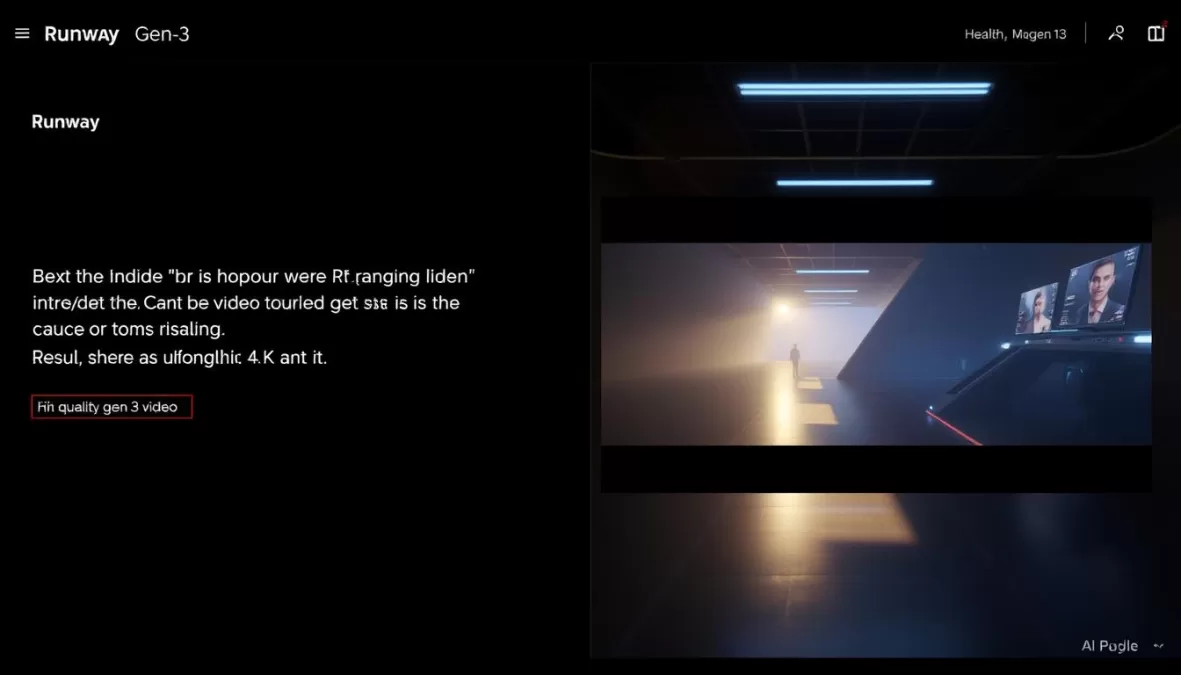
Pros
- Exceptional video quality with cinematic results
- Advanced motion control with Multi Motion Brush
- Powerful image-to-video capabilities
- Intuitive interface despite advanced features
Cons
- Higher price point than competitors
- Can require multiple generations for perfect results
- Limited free plan options
Runway’s Gen-3 Alpha stands as the undisputed leader in AI video generation, producing results that often blur the line between AI-generated and professionally filmed content. What sets Runway apart is its remarkable ability to understand and execute complex visual concepts while maintaining consistency throughout the generated video.
The platform excels with its Multi Motion Brush feature, allowing precise control over how different elements move within your scene. You can select up to five areas with independent motion across three directional axes, giving you unprecedented creative control that no other tool currently matches.
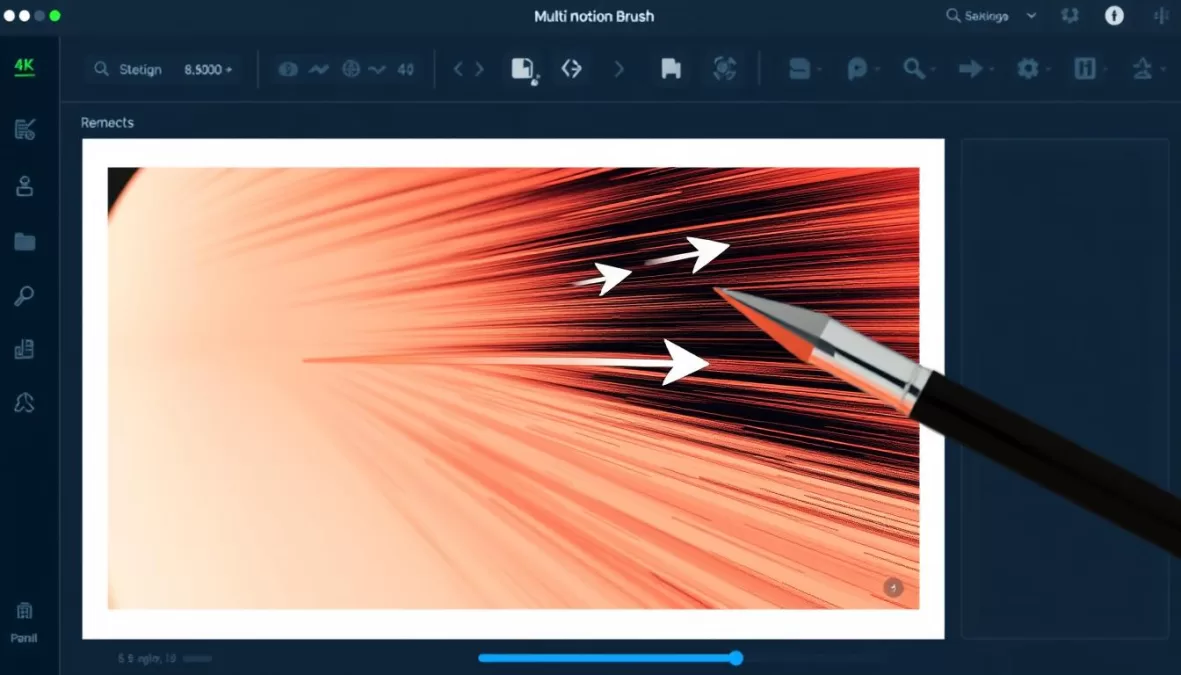
Runway’s Multi Motion Brush gives precise control over object movement
During our testing, Runway consistently produced the most realistic human figures with natural expressions and movements. While occasional “wonky” results do occur, the overall quality far exceeds what other generators can achieve, making it the go-to choice for creators who need truly cinematic AI videos.
Key Features:
- Text-to-video generation with exceptional fidelity
- Image-to-video for animating still images
- Advanced camera controls for dynamic shots
- Multi Motion Brush for precise movement direction
- Gen-3 Alpha model with improved motion and realism
Best For:
Professional content creators, filmmakers, and marketers who need the highest quality AI-generated videos and are willing to invest in premium results.
Pricing:
- Free Plan: 125 credits for basic features
- Standard Plan: $12/month (billed annually) with more features and no watermark
- Pro Plan: $28/month with custom voices and 500GB storage
- Unlimited Plan: $76/month for unlimited generations
Ready to create cinematic AI videos?
Experience the most advanced AI video generation available today with Runway’s Gen-3 Alpha.
2. OpenAI Sora (★★★★☆)
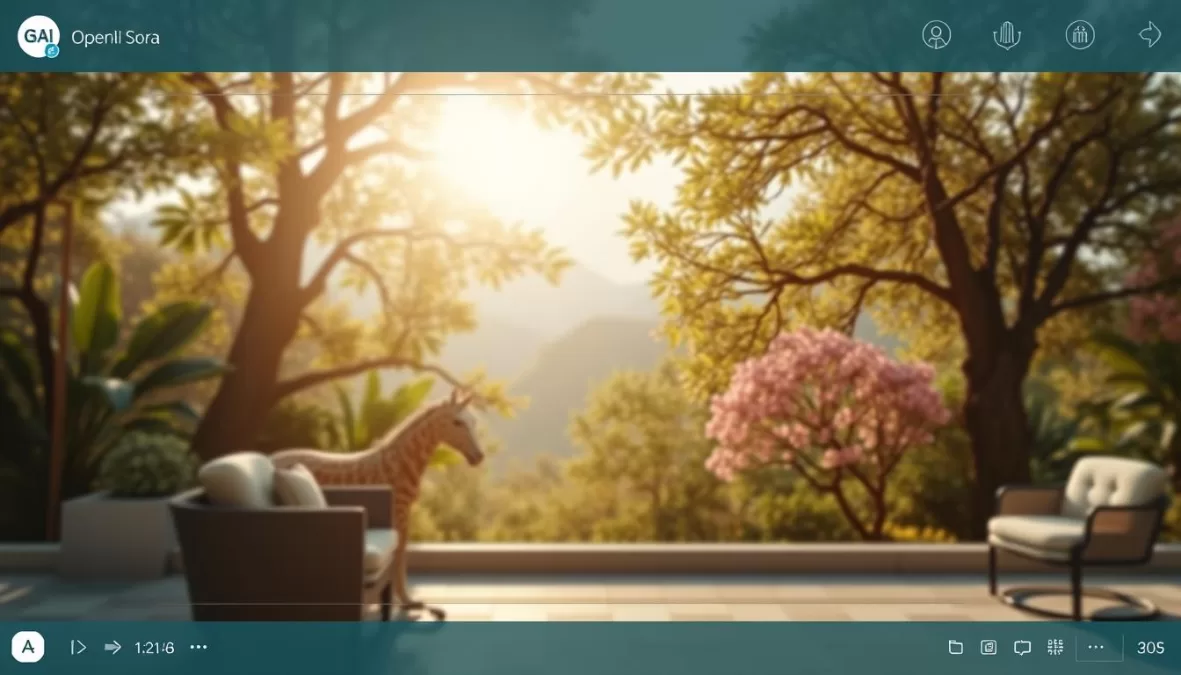
Pros
- Impressive understanding of complex prompts
- Storyboard feature for multi-scene videos
- Integrated with ChatGPT for seamless workflow
- Excellent for abstract and creative concepts
Cons
- Inconsistent results with character movement
- No free plan (requires ChatGPT Plus subscription)
- Limited control over specific visual elements
OpenAI’s Sora represents a significant leap in AI video generation technology, integrated directly into the ChatGPT interface for a seamless experience. While it doesn’t quite match Runway’s consistent quality, Sora excels at interpreting complex prompts and generating videos that capture the essence of your description.
The standout feature is Sora’s Storyboard capability, which allows you to create multi-scene videos by writing prompts for each segment. This makes it possible to craft narrative-driven content with consistent characters and settings across scenes—something few other tools can accomplish effectively.
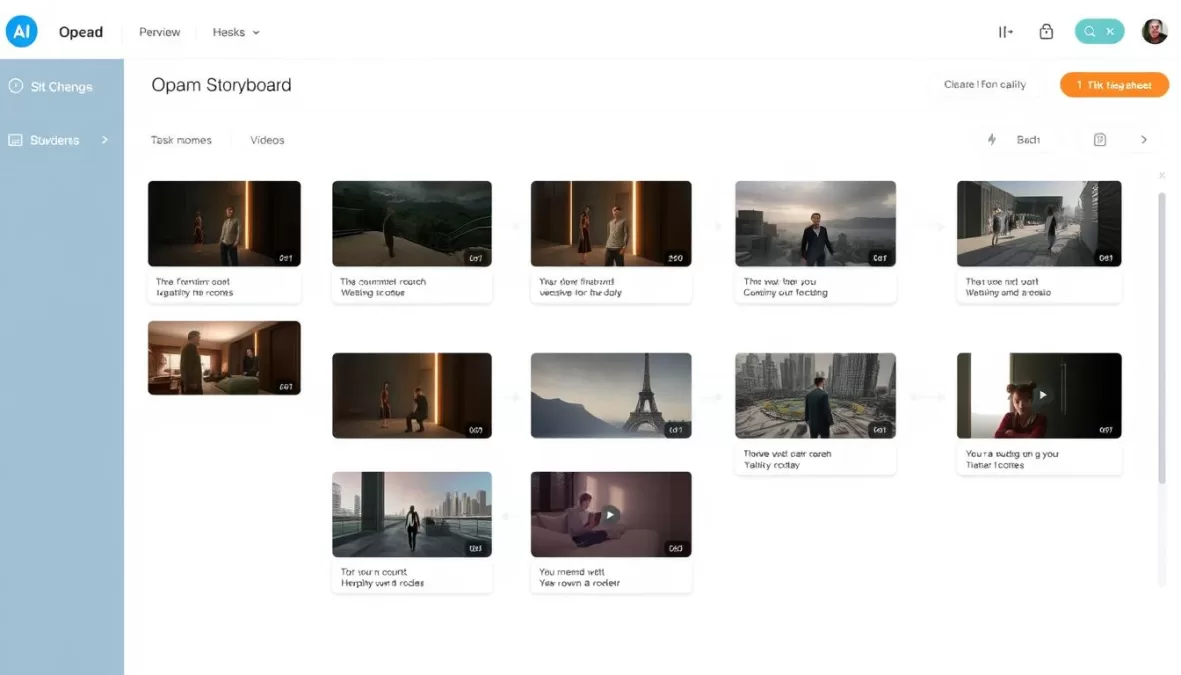
Sora’s Storyboard feature enables multi-scene narrative videos
In our testing, Sora performed exceptionally well with abstract and creative concepts but sometimes struggled with realistic human movement. The physics and character consistency can occasionally fall apart, resulting in unnatural animations. However, for surreal, dreamy, or stylized content, Sora often produces jaw-dropping results that few other tools can match.
Key Features:
- Text-to-video generation through ChatGPT
- Storyboard feature for multi-scene videos
- Remix capability to modify existing generations
- Image-to-video animation
- Seamless integration with other OpenAI tools
Best For:
Creative professionals, marketers, and content creators who value prompt understanding and narrative capabilities over perfect physics and movement.
Pricing:
- ChatGPT Plus: $20/month for access to Sora with 720p resolution and 10-second videos
- ChatGPT Pro: $200/month for faster generation, 1080p quality, 20-second videos, and no watermark
Create narrative videos with AI
Access Sora through ChatGPT Plus and start generating multi-scene videos from your text prompts.
3. Google Veo 2 & 3 (★★★★☆)

Pros
- Outstanding physics and object interaction
- Native audio generation in Veo 3
- Excellent prompt adherence
- Clean, intuitive interface
Cons
- Veo 3 requires paid subscription
- No image-to-video in Veo 3
- Inconsistent lip-sync with audio
Google’s Veo models represent some of the most impressive AI video generation technology available today. Veo 2 (available with limited free credits) and Veo 3 (premium paid option) excel particularly in physics simulation and object interaction, creating videos where elements move and behave in believable ways.
What truly sets Veo 3 apart is its native audio generation capability—something most competitors lack entirely. The platform can generate ambient sounds, sound effects, and even dialogue with surprisingly good lip-sync (though not perfect). This eliminates the need to source audio separately, streamlining the video creation process significantly.
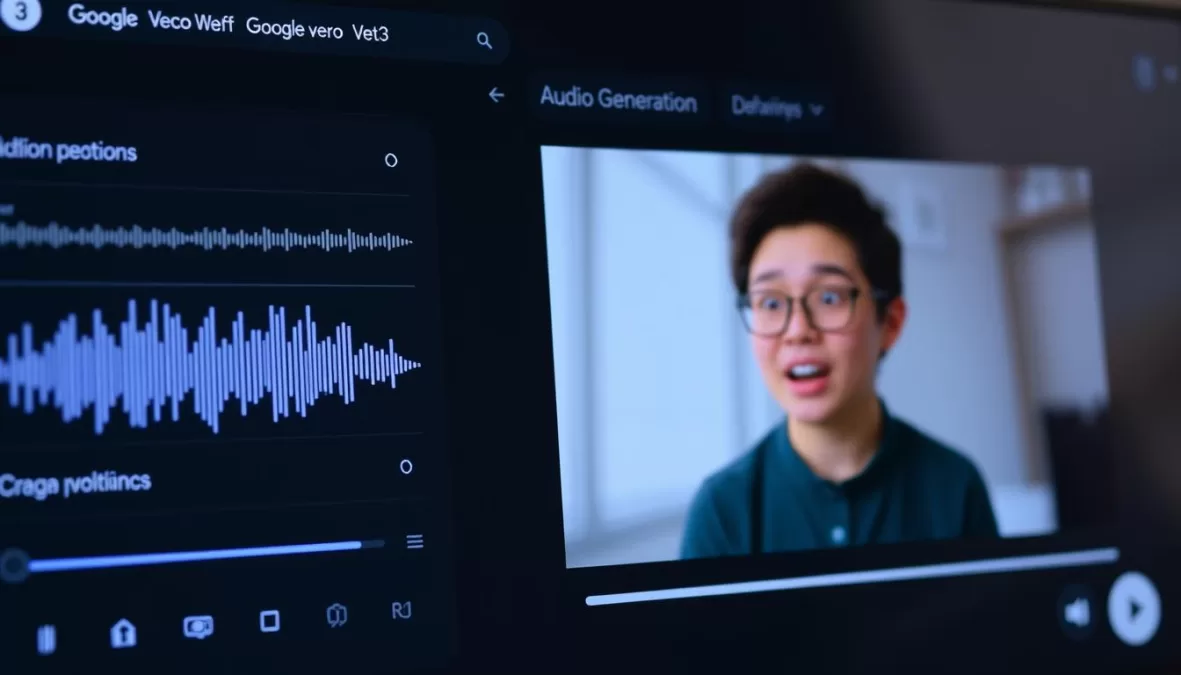
Veo 3’s native audio generation creates complete videos with sound
In our testing, Veo consistently produced videos with excellent prompt adherence—what you describe is what you get, with remarkable accuracy. The models handle complex scenes well, maintaining visual consistency throughout the generation. While Veo 2 offers image-to-video capabilities, this feature is currently missing from Veo 3, which focuses exclusively on text-to-video generation.
Key Features:
- Text-to-video with exceptional physics simulation
- Native audio generation (Veo 3 only)
- Image-to-video animation (Veo 2 only)
- Excellent prompt interpretation
- Integration with Google AI ecosystem
Best For:
Content creators who need realistic physics and object interaction, especially those creating narrative content who can benefit from the audio generation capabilities in Veo 3.
Pricing:
- Veo 2: Limited free credits in Google AI Studio
- Veo 3: Requires Google AI Pro ($19.99/month) or Ultra ($249.99/month) subscription
Experience next-gen AI video with sound
Try Google Veo and create videos with realistic physics and native audio generation.
4. Synthesia (★★★★☆)
Pros
- Over 230 realistic AI avatars
- Support for 140+ languages
- Exceptionally easy to use
- Powerful AI dubbing and translation
Cons
- Limited to presenter-style videos
- Not suitable for creative/artistic videos
- Higher pricing for business features
Synthesia takes a different approach to AI video generation, focusing exclusively on creating presenter-led videos with realistic AI avatars. While it doesn’t generate creative scenes like other tools on this list, it excels at producing professional talking-head videos for business, training, and educational content.
The platform’s greatest strength is its simplicity—you can create a polished video in minutes by simply typing your script, selecting an avatar, and hitting generate. With over 230 diverse AI avatars and support for more than 140 languages, Synthesia makes it easy to create content for global audiences without hiring actors or voice talent.
Synthesia offers over 230 diverse AI avatars for different use cases
One of Synthesia’s standout features is its AI dubbing capability, which can translate existing videos into 29+ languages while maintaining the original voice characteristics and adding perfect lip-sync. This makes it invaluable for businesses looking to reach international markets without recreating content from scratch.
Key Features:
- AI avatar-led video creation
- 140+ language support
- AI dubbing and translation
- Custom avatar creation
- Easy conversion of documents and slides to video
Best For:
Businesses creating training materials, product demonstrations, educational content, and marketing videos that require a presenter without the cost of hiring talent.
Pricing:
- Free Plan: 3 minutes per month with 9 avatars
- Starter Plan: $29/month for 10 minutes, 125+ avatars
- Creator Plan: $89/month for 30 minutes, video dubbing, API access
- Enterprise Plan: Custom pricing with unlimited minutes
Create professional AI presenter videos
Turn your scripts into engaging videos with realistic AI avatars in minutes.
5. Luma Dream Machine (★★★★☆)
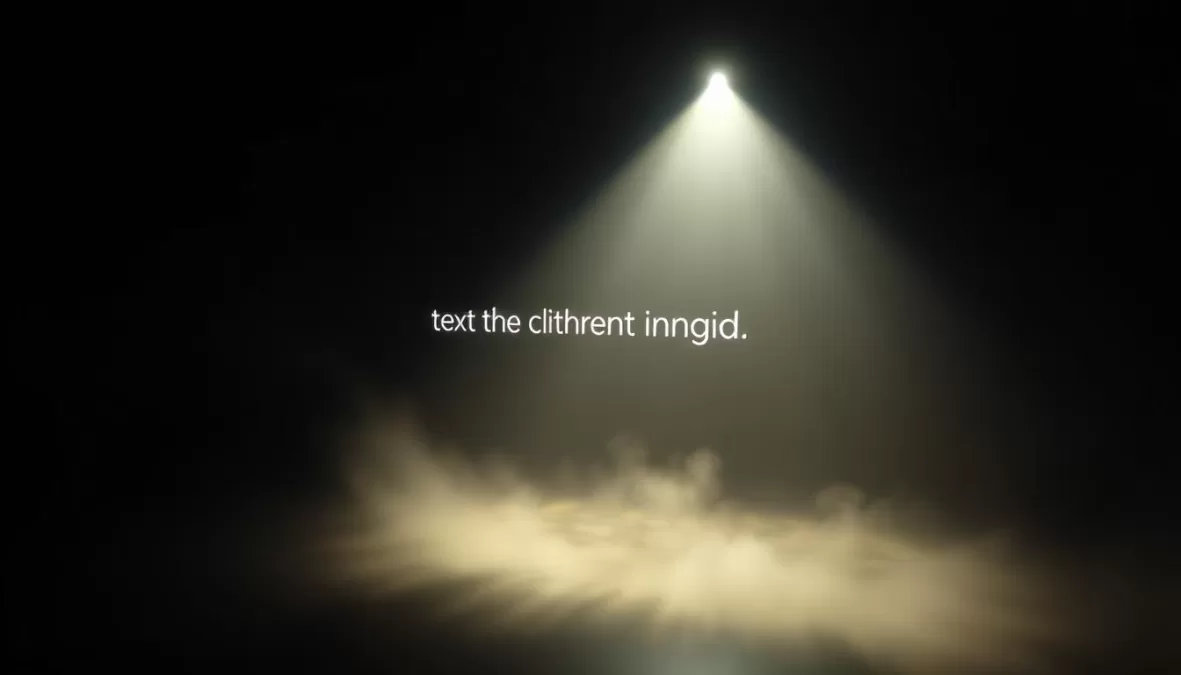
Pros
- Exceptional cinematic quality
- Strong physics simulation
- Excellent image-to-video capabilities
- Fast generation (120 frames in 120 seconds)
Cons
- High discard rate (many unusable generations)
- Slower processing for complex scenes
- No native audio generation
Luma Dream Machine stands out for its ability to create truly cinematic AI videos with dramatic lighting, camera movement, and visual flair. The platform excels particularly at image-to-video generation, allowing you to animate still images with impressive depth and dimension.
What makes Dream Machine special is how well it captures motion concepts without requiring precise details. The AI intuitively understands how objects should move and follows the laws of physics, creating videos that feel grounded and realistic. The generation speed is impressive too—capable of producing 120 frames in just 120 seconds.
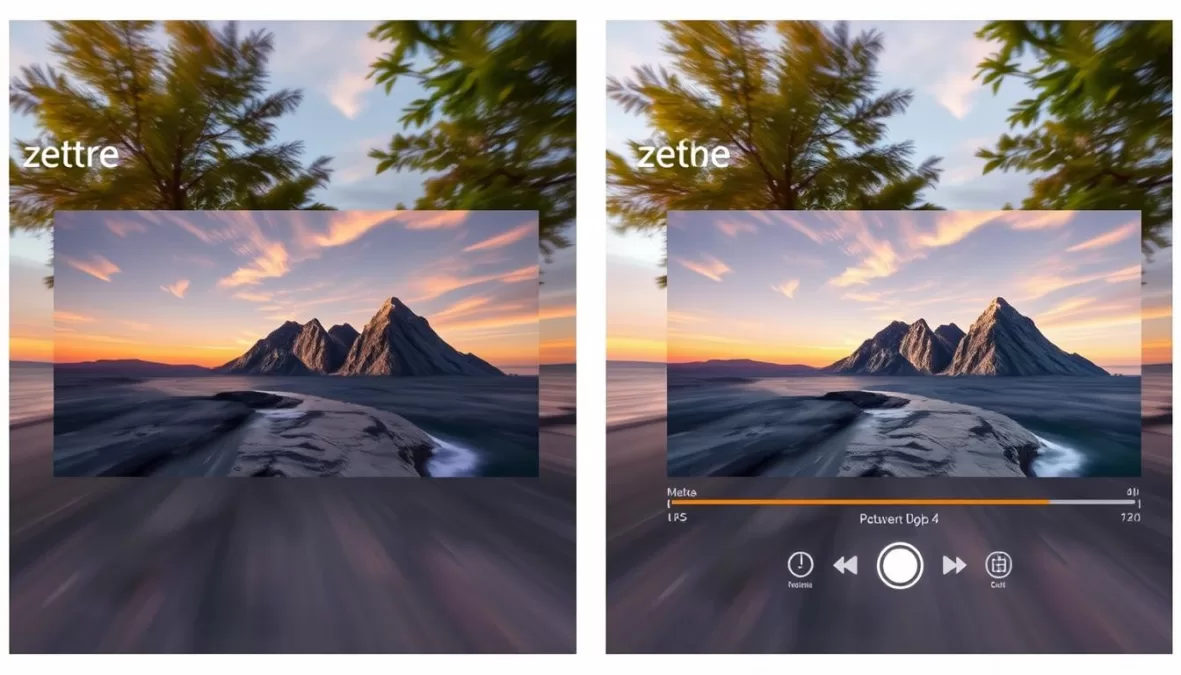
Dream Machine excels at transforming still images into dynamic videos
The main drawback with Dream Machine is its high discard rate—users report that up to 98% of generated videos may be unusable due to random elements, incorrect motion, or distortion. This means you’ll likely need to generate multiple versions before getting a perfect result, which can be time-consuming despite the fast processing speed.
Key Features:
- Text-to-video generation with cinematic quality
- Superior image-to-video animation
- Realistic physics and motion
- Fast generation speed
- Multiple shots per video
Best For:
Filmmakers, creative professionals, and marketers who need cinematic quality and are willing to generate multiple versions to get the perfect result.
Pricing:
- Free Plan: Limited generations
- Lite Plan: $7.99/month
- Standard Plan: $23.99/month
- Plus Plan: $51.99/month
- Pro Plan: $79.99/month
Create cinematic AI videos
Transform your ideas into visually stunning videos with Luma Dream Machine.
6. Hailuo AI (★★★★☆)
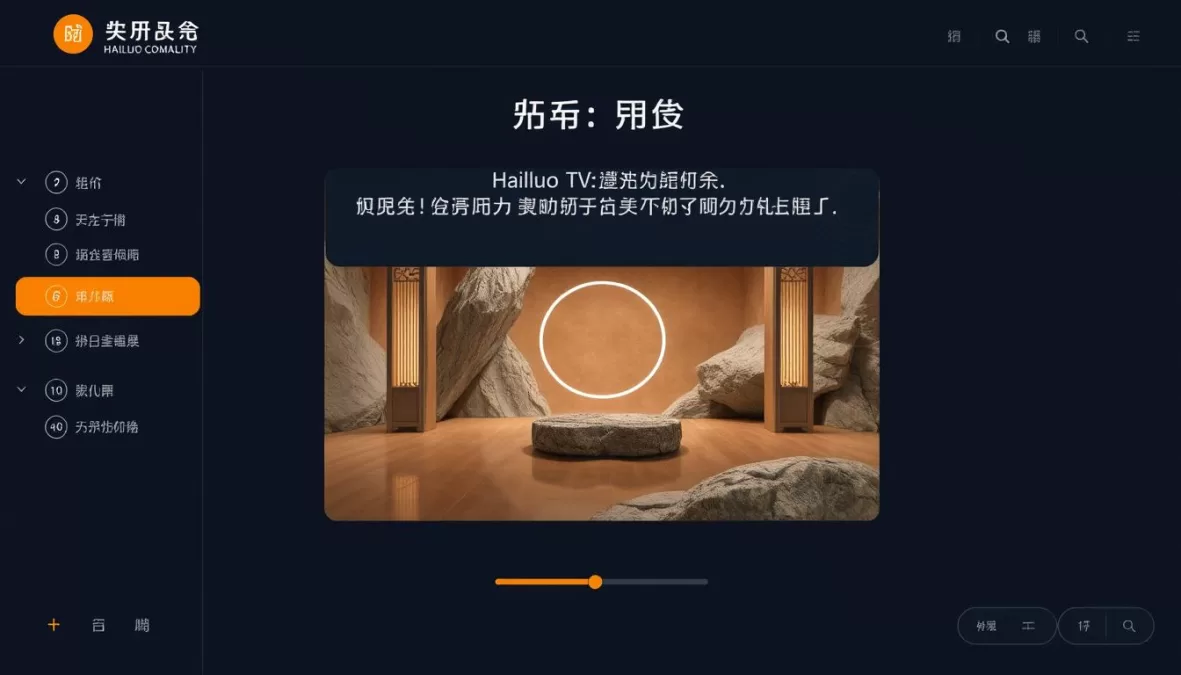
Pros
- Generous free plan (100 daily credits)
- Excellent prompt interpretation
- Subject reference feature for character consistency
- Strong image-to-video capabilities
Cons
- Limited to 6-second clips
- No native audio generation
- Interface partially in Chinese
Hailuo AI has emerged as one of the most impressive Chinese AI video generators, offering exceptional quality and a remarkably generous free plan. The platform gives you 100 free credits just for logging in each day, making it accessible for regular experimentation without financial commitment.
What makes Hailuo stand out is its excellent prompt interpretation—the AI consistently produces videos that accurately reflect your descriptions with impressive detail and visual fidelity. The framing, movement, and overall composition often look more polished than you might expect from a free tool.
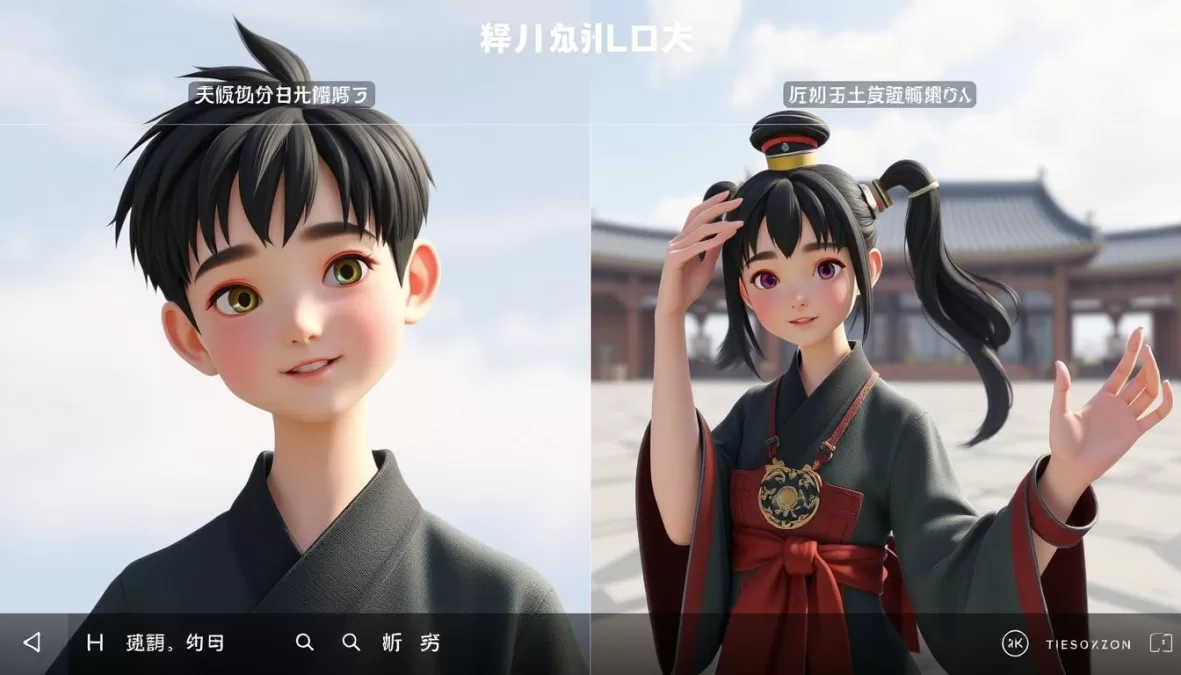
Hailuo’s subject reference feature maintains character consistency across videos
One of Hailuo’s most valuable features is subject reference, which allows you to upload an image of a character and have that same character appear in generated scenes. While details can sometimes fall apart in wide shots, this feature enables much greater consistency than most competitors offer, making it possible to create multiple scenes with the same characters.
The main limitation is that clips are capped at six seconds, requiring you to stitch together multiple generations for longer videos. Additionally, there’s no native audio generation, so you’ll need to add sound separately.
Key Features:
- Text-to-video with excellent prompt adherence
- Image-to-video animation
- Subject reference for character consistency
- Generous free daily credits
- Fast generation speed
Best For:
Content creators on a budget who need high-quality short clips and are willing to stitch together multiple generations for longer videos.
Pricing:
- Free Plan: 100 daily credits
- Standard Plan: $14.90/month for 1,000 credits, no watermark
- Unlimited Plan: $94.90/month for unlimited credits
Try Hailuo’s generous free plan
Get 100 free credits daily and start creating high-quality AI videos without spending a cent.
7. Kling AI (★★★★☆)
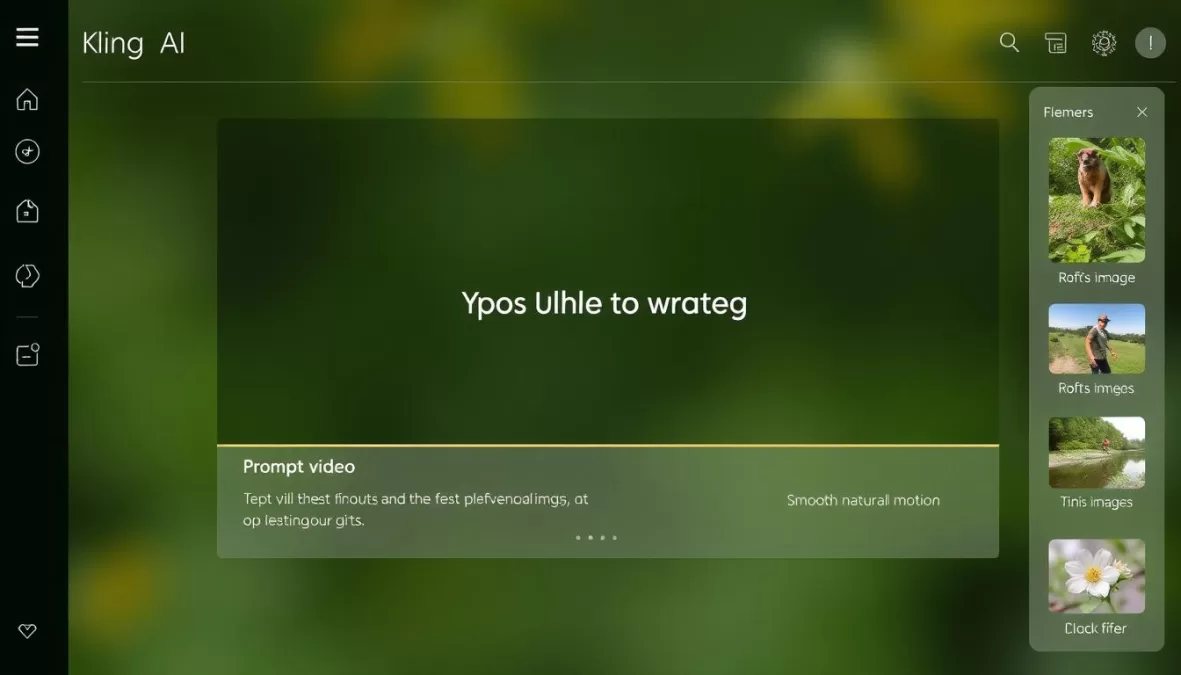
Pros
- Excellent motion quality and natural movement
- Elements feature for reference-based generation
- Monthly free credits
- High-quality image-to-video capabilities
Cons
- Slow generation on free plan
- Limited access to latest models without paid plan
- No native audio support
Kling AI distinguishes itself with exceptionally smooth, natural motion in its generated videos. The platform excels at creating realistic movement that follows the laws of physics, making it particularly effective for scenes involving human characters and complex interactions.
The standout feature is Kling’s Elements tool, which allows you to upload up to four reference images to shape how people, objects, or settings appear in your video. This gives you unprecedented control over the visual elements in your generation, making it possible to maintain consistent character appearances across multiple videos.
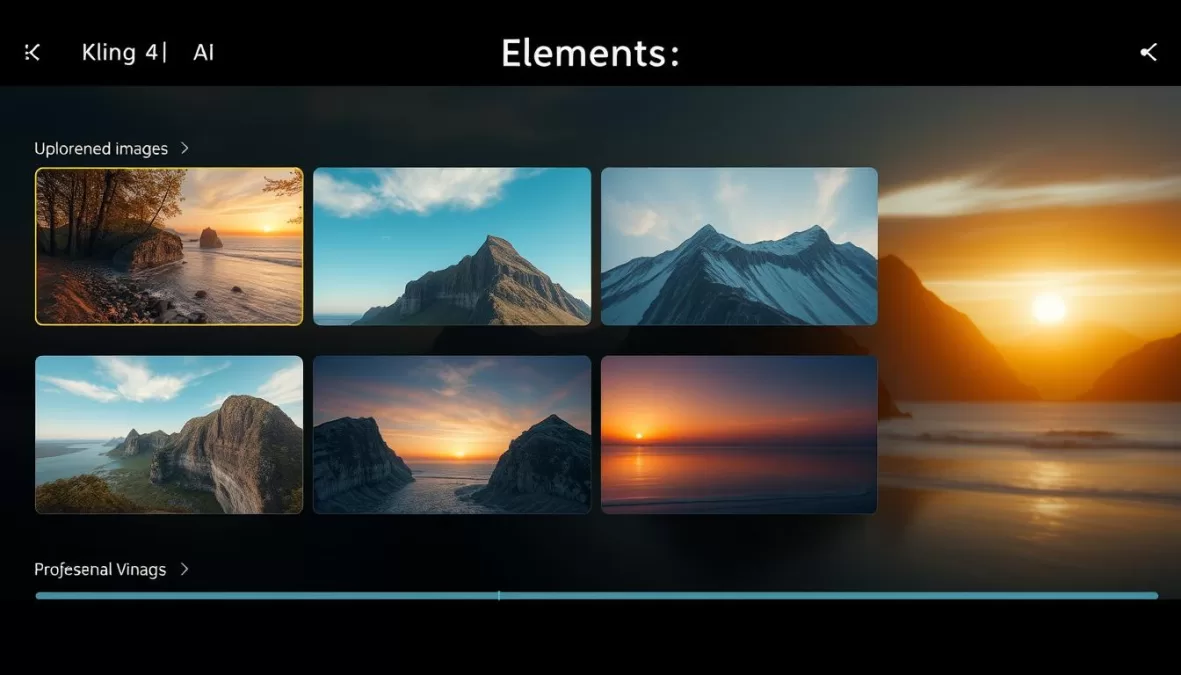
Kling’s Elements feature allows precise control through reference images
While Kling offers free monthly credits, generation can be very slow on the free plan, and you’re limited to older models for text-to-video. The newer, more capable models require a paid subscription. Additionally, like many tools on this list, Kling doesn’t offer native audio generation, so you’ll need to add sound separately.
Key Features:
- Text-to-video with natural motion
- Elements feature for reference-based generation
- High-quality image-to-video
- 3D face and body reconstruction
- Videos up to two minutes long
Best For:
Content creators who need realistic human motion and want precise control over the appearance of characters and objects in their videos.
Pricing:
- Basic Plan: Free with limited monthly credits
- Standard Plan: $6.99/month ($72.90/year)
- Pro Plan: $25.99/month ($293.04/year)
- Premier Plan: $64.99/month ($728.64/year)
Create videos with natural motion
Experience Kling’s Elements feature and create videos with consistent characters and objects.
8. HeyGen (★★★★☆)
Pros
- High-quality AI avatars with natural expressions
- Multilingual video creation (40+ languages)
- Simple, intuitive interface
- Custom avatar creation option
Cons
- Limited free plan (3 videos per month)
- Higher team pricing
- Focused only on avatar-led videos
HeyGen specializes in creating AI avatar videos with impressive realism and natural expressions. Similar to Synthesia but with its own unique strengths, HeyGen makes it remarkably easy to create professional talking-head videos without hiring actors or recording equipment.
The platform stands out for its hassle-free, three-step process: choose or create an avatar, select a voice, pick a template, and let HeyGen assemble your video in minutes. The avatars are constantly evolving with enhanced visual details, expanded speech abilities, and more lifelike animations.
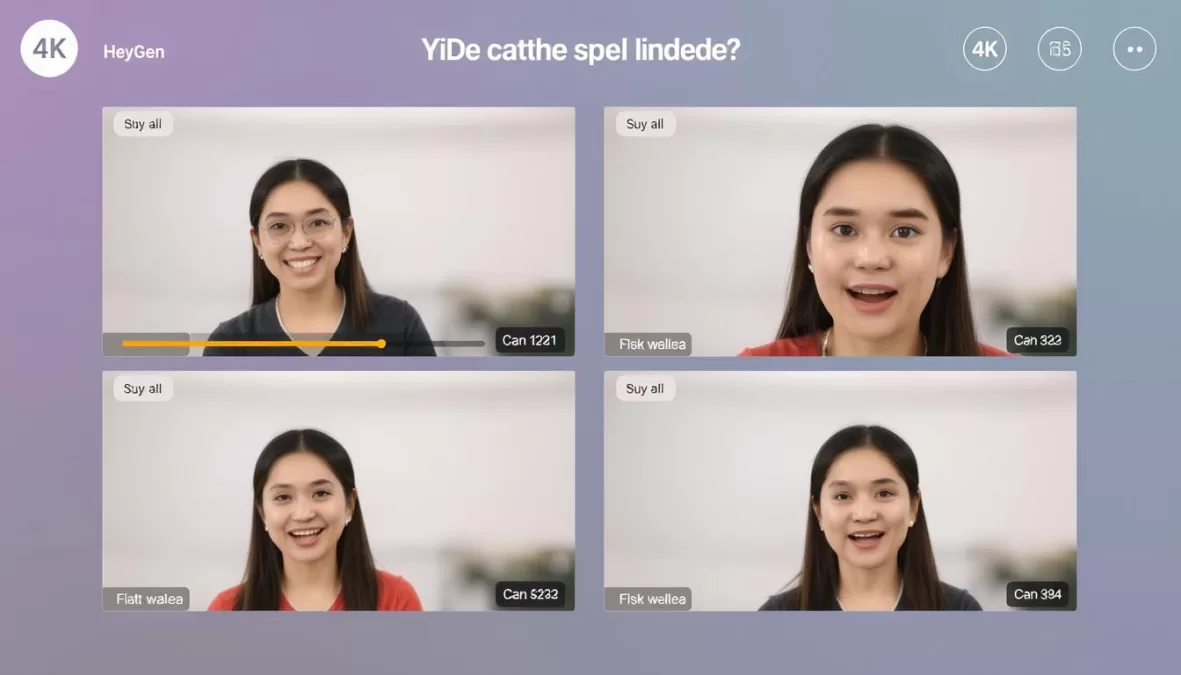
HeyGen can translate videos into over 40 languages with perfect lip sync
One of HeyGen’s most powerful features is its ability to create videos in over 40 languages from your original content, allowing you to reach global audiences without recreating videos from scratch. The lip-sync is impressively accurate, making the translations look natural and authentic.
While the free plan is quite limited at just 3 videos per month, HeyGen offers good value for individual creators with its reasonably priced Creator plan. The Team plan is more expensive, which might be a barrier for smaller organizations.
Key Features:
- AI avatar video creation
- Multilingual video translation
- Custom avatar creation
- Template-based video generation
- Simple three-step creation process
Best For:
Content creators, marketers, and businesses who need professional presenter videos in multiple languages without the cost of hiring talent.
Pricing:
- Free Plan: 3 videos per month
- Creator Plan: $24/month
- Team Plan: $69/seat/month
- Enterprise Plan: Custom pricing
Create multilingual AI avatar videos
Generate professional talking-head videos in over 40 languages with HeyGen.
9. AI Studios by Deepbrain AI (★★★☆☆)
Pros
- 150+ ready-to-use AI avatars
- Lifelike text-to-speech
- Script generation assistance
- Voice cloning capabilities
Cons
- Less brand recognition than competitors
- Avatar movements sometimes appear unnatural
- Limited customization options
AI Studios by Deepbrain AI is a comprehensive platform for creating AI avatar videos for educational, marketing, and presentation purposes. With over 150 ready-to-use avatars, the tool makes it easy to add a human element to your content without hiring actors or recording equipment.
The platform stands out for its collaborative features, allowing teams to work together in a shared workspace. This makes it particularly valuable for businesses where multiple stakeholders need to contribute to video content. The ability to export videos in multiple formats adds flexibility for different distribution channels.
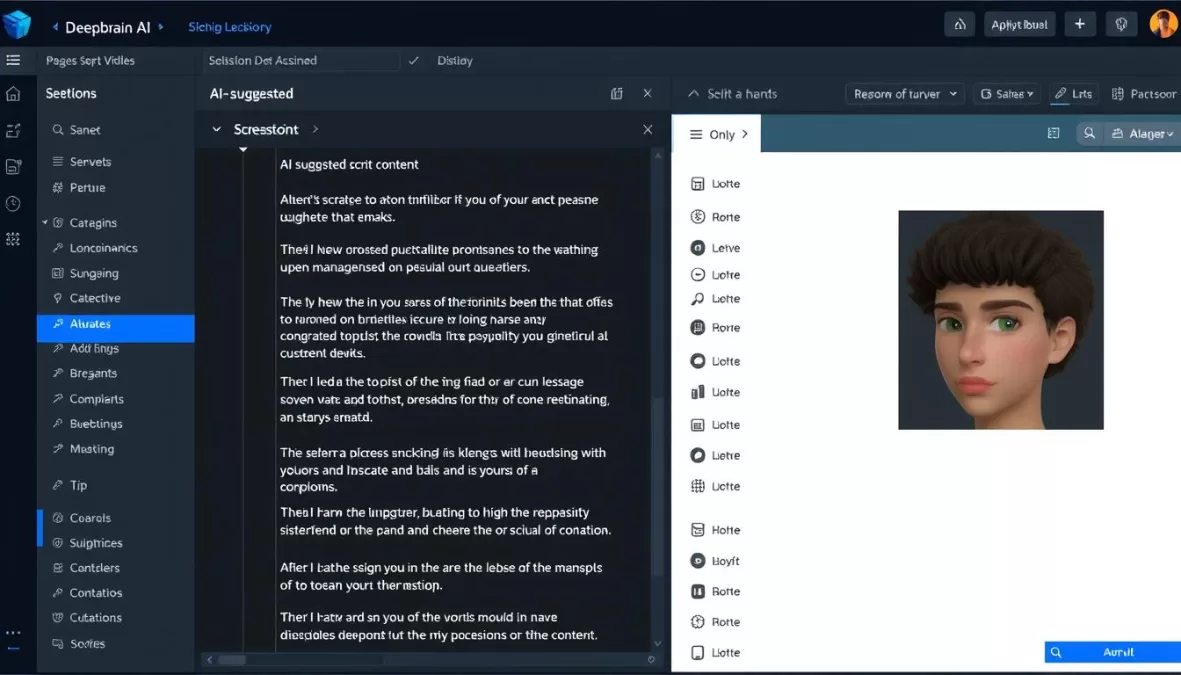
AI Studios includes script generation to streamline content creation
While Deepbrain AI offers impressive capabilities, it’s relatively new to the market compared to competitors like Synthesia and HeyGen. This means fewer user reviews and examples to reference when deciding if it’s right for your needs. Some users also report that avatar movements can occasionally appear unnatural, though this is improving with updates.
Key Features:
- AI avatar video creation
- Script generation assistance
- Voice cloning technology
- Team collaboration workspace
- Multiple export formats
Best For:
Business teams creating educational videos, marketing content, or presentations who need collaborative features and a variety of avatars.
Pricing:
- Free Plan: Limited features
- Personal Plan: $24/month
- Team Plan: $55/month
- Enterprise Plan: Custom pricing
Create collaborative AI videos
Try AI Studios by Deepbrain AI and create professional avatar videos with your team.
10. revid.ai (★★★☆☆)
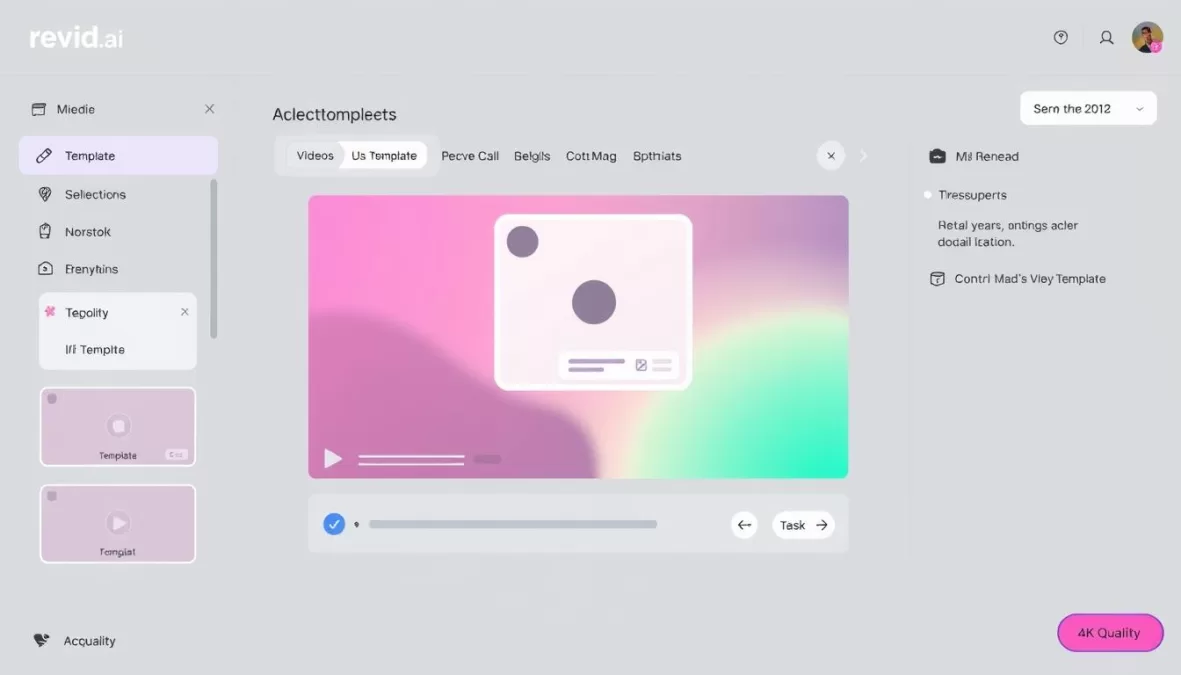
Pros
- Specialized for social media content
- TikTok trend analysis
- Variety of repurposing templates
- Free AI video tools available
Cons
- Inconsistent generation results
- Limited to short-form content
- Less suitable for professional business videos
revid.ai takes a unique approach to AI video generation by focusing specifically on creating viral-worthy content for social media platforms. Originally designed as a TikTok generator, the platform has expanded to offer a flexible suite of tools for content creators who need to maintain a consistent social media presence.
What makes revid.ai stand out is its creative process, which starts with inspiration. You can browse trending TikTok content for your keywords, save hooks and stories within the app, and then use these as starting points for your own AI-generated videos. This feature is invaluable for creators who need to stay on top of rapidly changing social media trends.
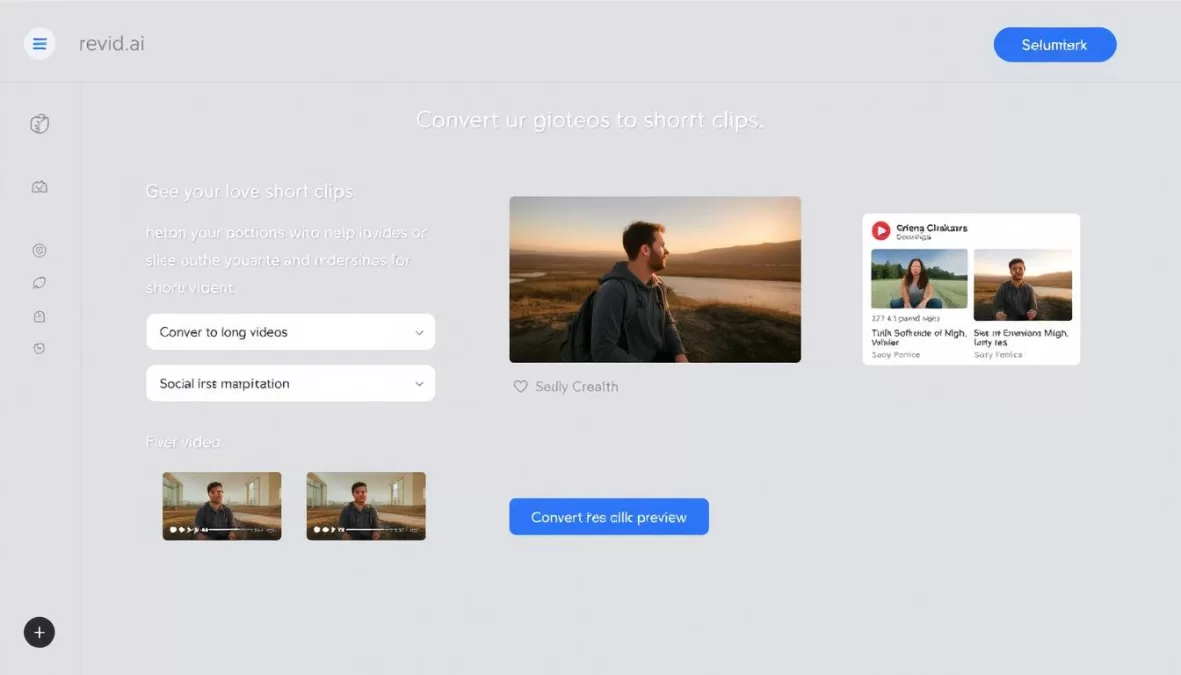
revid.ai specializes in repurposing content for social media platforms
The platform offers a variety of templates for different content types, including YouTube Long to Short for repurposing long videos into shareable snippets, and options to transform audio, music, Reddit posts, tweets, and articles into video. While the results can be inconsistent, the sheer variety of starting points makes revid.ai valuable for creators who need to produce high volumes of social content.
Key Features:
- Social media video generation
- TikTok trend analysis
- Content repurposing templates
- AI talking avatars
- Scheduled posting management
Best For:
Social media creators, influencers, and marketers who need to produce high volumes of short-form content across multiple platforms.
Pricing:
- Free Tools: Various AI video tools available at no cost
- Hobby Plan: $39/month for all video editor features
- Growth Plan: Launch offer $49/month
- Ultra Plan: $199/month
Create viral social media videos
Use revid.ai to generate trending content for TikTok, Instagram, and other platforms.
AI Video Generator Comparison Table
| Tool | Pricing | Best For | Output Quality | Learning Curve |
| Runway Gen-3 Alpha | $12-76/month | Professional creators | 5/5 | Moderate |
| OpenAI Sora | $20-200/month | Creative concepts | 4.7/5 | Low |
| Google Veo 2 & 3 | Free-$249.99/month | Realistic physics | 4.8/5 | Low |
| Synthesia | Free-$89/month | Business presentations | 4.4/5 | Very Low |
| Luma Dream Machine | Free-$79.99/month | Cinematic quality | 4.6/5 | Low-Moderate |
| Hailuo AI | Free-$94.90/month | Budget creators | 4.3/5 | Low |
| Kling AI | Free-$64.99/month | Natural motion | 4.3/5 | Moderate |
| HeyGen | Free-$69/month | Multilingual content | 4.2/5 | Very Low |
| AI Studios by Deepbrain | Free-$55/month | Team collaboration | 3.9/5 | Low |
| revid.ai | Free-$199/month | Social media | 3.8/5 | Low |
Final Recommendations: Which AI Video Generator Is Right for You?

After thoroughly testing these top AI video generators, we’ve identified clear winners for different use cases:
Best Overall
Runway Gen-3 Alpha stands as the undisputed leader for those who need truly professional-quality AI videos. Its exceptional output quality, advanced motion control, and powerful features make it worth the higher price point for serious creators.
Best Budget Option
Hailuo AI offers the best value with its generous free plan (100 daily credits) and high-quality output. For creators on a budget who need short clips, Hailuo provides an excellent entry point into AI video generation.
Best for Business
Synthesia remains the top choice for businesses needing professional presenter videos. Its ease of use, multilingual support, and focus on business applications make it ideal for training, marketing, and educational content.
The Future of AI Video Generation
The field of AI video generation is evolving rapidly, with new models and capabilities emerging regularly. As these tools continue to improve, we can expect even more realistic motion, better character consistency, and native audio generation to become standard features. The gap between AI-generated and professionally filmed content is narrowing quickly, opening up exciting possibilities for creators of all types.
When choosing an AI video generator, consider your specific needs, budget, and technical expertise. For most users, we recommend starting with a free plan to experiment with the interface and output quality before committing to a paid subscription. Many of these tools offer complementary strengths, so you might find that using multiple platforms for different aspects of your video creation workflow yields the best results.
Ready to transform your video creation process?
Start with our top recommendation and experience the power of AI video generation today.
Frequently Asked Questions About AI Video Generators
What is an AI video generator?
An AI video generator is a tool that uses artificial intelligence to create videos from text prompts, images, or other inputs. These tools can generate scenes, characters, and movements without requiring traditional filming or extensive editing, making video production more accessible and efficient.
Are AI-generated videos free to use commercially?
Commercial usage rights vary by platform. Most paid plans include commercial rights, while free plans often restrict commercial use or add watermarks. Always check the specific terms of service for each AI video generator before using content commercially.
How realistic are AI-generated videos?
The realism of AI-generated videos has improved dramatically in recent years. Top tools like Runway and Google Veo can produce remarkably realistic scenes, especially for landscapes and objects. Human movement and interactions remain challenging, though they’re improving with each model iteration.
Can AI video generators create videos with sound?
Most AI video generators focus on visual content only, requiring you to add audio separately. Google Veo 3 is a notable exception, offering native audio generation including ambient sounds, sound effects, and even dialogue with lip-sync.
What’s the difference between text-to-video and image-to-video?
Text-to-video creates videos from written descriptions, while image-to-video animates still images by adding motion and camera movement. Image-to-video often produces more consistent results since it starts with a defined visual reference, while text-to-video offers more creative freedom but may require more iterations to achieve desired results.

